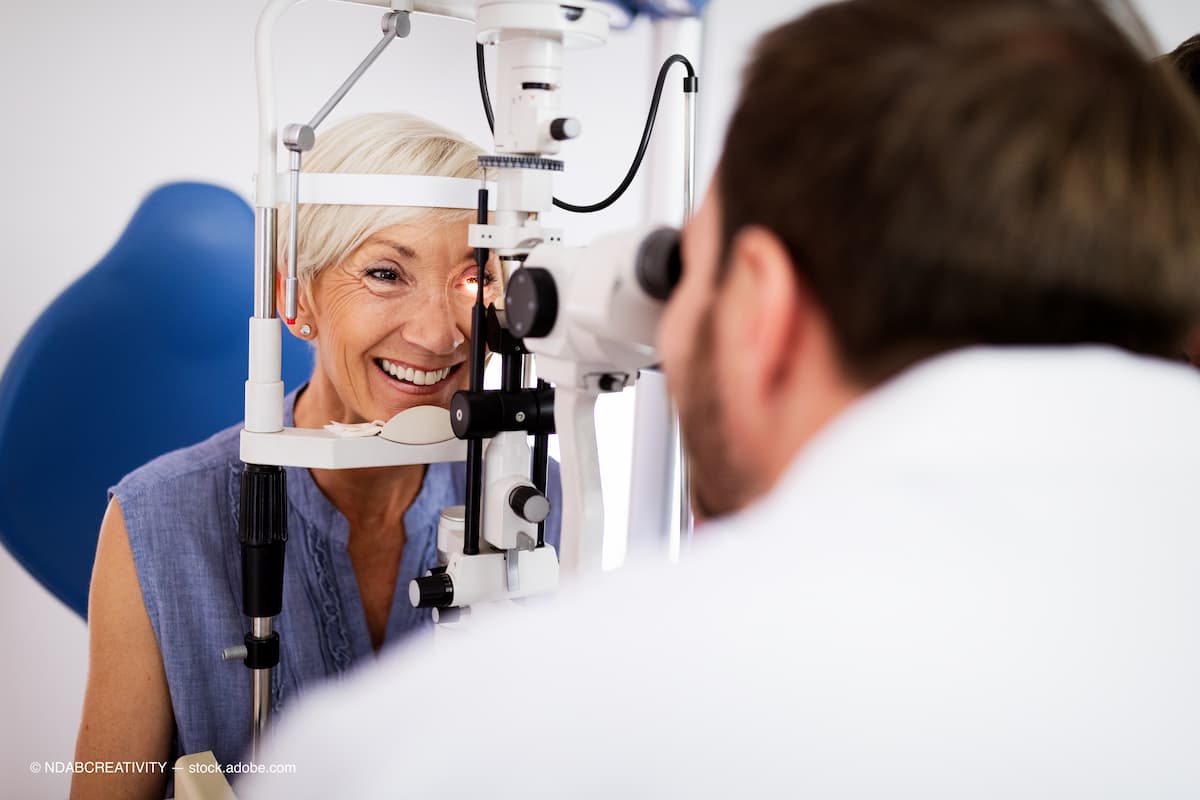- COVID-19
- Biosimilars
- Cataract Therapeutics
- DME
- Gene Therapy
- Workplace
- Ptosis
- Optic Relief
- Imaging
- Geographic Atrophy
- AMD
- Presbyopia
- Ocular Surface Disease
- Practice Management
- Pediatrics
- Surgery
- Therapeutics
- Optometry
- Retina
- Cataract
- Pharmacy
- IOL
- Dry Eye
- Understanding Antibiotic Resistance
- Refractive
- Cornea
- Glaucoma
- OCT
- Ocular Allergy
- Clinical Diagnosis
- Technology
Photogonioscopy: High interobserver agreement among glaucoma specialists
Automated 360-degree goniophotography seems to have simplified screening and diagnosis of glaucoma.
Reviewed by Taylor S. Phelps, MD
Automated 360-degree goniophotography (Gonioscope GS-1, Nidek) seems to have simplified screening and diagnosis of glaucoma, because the technology facilitates similar image interpretations among glaucoma specialists and eliminates multiple evaluations of the same patient, according to Taylor S. Phelps, MD, from the Department of Ophthalmology at New York University Langone Health, New York.

Phelps noted that while gonioscopy has been the mainstay in the diagnosis and management of glaucoma patients, the repeatability and reliability of the procedure can vary greatly among users.
The Gonioscope GS-1 works by capturing images of the iridocorneal angles via a 16-face multimirror optical gonioprism and an image sensor. The instrument has a rotator unit that captures color circumferential images of the angles and the tissue in the periphery, he explained.
Phelps and his colleagues tested the interrater reliability of Shaffer grading of the automated 360-degree goniophotography images among glaucoma specialists to determine if the instrument can serve as an effective screening tool to assess the anterior chamber angle.
“If the interobserver reliability is proven, many patients can be screened and monitored for the presence of narrow angles, structural abnormalities, and masses, thus preventing angle closure events and blindness,” he explained.
Assessing the technology
The study included 37 eyes of 20 adults already diagnosed with glaucoma or those who were glaucoma suspects. All patients were from the NYU Langone Eye Center. Patients with corneal opacities were excluded from the study. All underwent 360-degree goniophotography using the Gonioscope GS-1.
Three ophthalmologists then independently evaluated the widths of the iridocorneal angles in the 4 quadrants on the images according to the Shaffer grading system and the interobserver reproducibility was determined.
The investigators reported the overall significant (P < 0.0001) interobserver reliability among the ophthalmologists as well as for the 4 quadrants (nasal, P < 0.0001; superior, P < 0.001; inferior, P < 0.0001), and temporal P < 0.0001), Phelps said.
“These results indicated that the angle can be evaluated using this automated device and that the interpretation of expert observers is likely to be similar,” Phelps added.
In commenting on the potential clinical implications and outcomes using this technology, in addition to the interobserver similarity, he pointed out that the results supported that the Gonioscope GS-1 can document and assess the anterior chamber angle and any iridocorneal angle abnormalities.
In addition, the availability of photogonioscopy, with its demonstrated high agreement among observers, allows multiple clinicians to examine images of the same angle, both locally and remotely, thus eliminating the need for individual evaluations by multiple clinicians.
